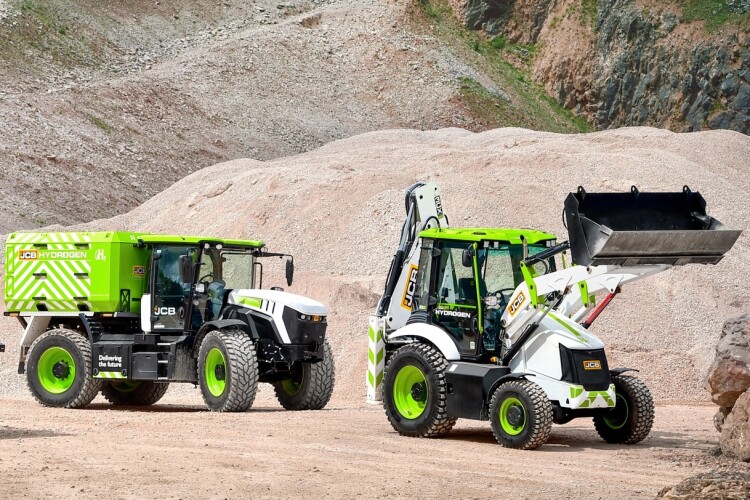National Highways expects the Lower Thames Crossing to become the first major UK infrastructure project to use hydrogen to power its heavy plant.
It says that its plans will establish “a hydrogen ecosystem” in the Thames Estuary.
National Highways is aiming to buy the supply, storage and distribution of more than 6,000 tonnes of hydrogen to use on the project, which is expected to replace 20 million litres of diesel. Projects such as HS2 have trialled small hydrogen generators but the Lower Thames Crossing would be the first in the UK to use the fuel on a large scale to power its major construction vehicles such as excavators and dump trucks.
The project also plans to use electric plant for static or slow-moving machinery, where a mains connection is possible and in smaller equipment where battery solutions are viable. Other renewable fuel sources and biofuels may also be used.
A tender notice has been published seeking a contractor to supply hydrogen to the proposed Lower Thames Crossing scheme. The procurement covers the production, delivery and storage on site of low-carbon hydrogen for use by main contractors on the project to fuel their construction plant and equipment.
The tender notice states: "Making hydrogen easily available could displace over one third of the diesel forecast to be used during construction."

Lower Thames Crossing executive director Matt Palmer said: “The proposed Lower Thames Crossing is designed to be the greenest road ever built in the UK, with the aim of being carbon neutral in construction. At the heart of these plans is the use of clean low-carbon hydrogen power, and by using it on such a large scale to power our heavy construction machinery that is traditionally hard to electrify, we can significantly reduce our carbon footprint, accelerate the construction industry’s shift away from diesel, and help kick start the creation of a hydrogen ecosystem in the Thames Estuary.”
Alasdair Reisner, chief executive of the Civil Engineering Contractors Association, said: “We have a shared challenge to drive carbon out of the construction industry, finding alternatives to diesel is vital. The journey will be difficult unless we start to make progress now and the leadership shown by the Lower Thames Crossing to use hydrogen at this unprecedented scale shows it can be done, and invites others to take a similarly bold step forward.”
Thames Freeport, which is next to the proposed tunnelling compound, has been identified as a potential hydrogen supply site. Thames Freeport chief executive Martin Whiteley said: “As well as offering attractive business incentives and significant amount of shovel-ready land for development, the freeport has a mandate to support levelling up, innovation and moving to net zero. Thames Freeport stands ready to play a leading role in developing the region’s hydrogen ecosystem.”
The Lower Thames Crossing is a proposed new road and tunnel across the river Thames east of London. The detailed examination of the Lower Thames Crossing by the Planning Inspectorate began on 20th June 2023. If the plans are approved, construction is currently expected to start in 2026.
A National Highways spokesperson added: “By launching the process now, National Highways is giving its supply chain the confidence to invest in the next generation of hydrogen powered machines, as well as develop the new skills required to operate and maintain them.”
Got a story? Email news@theconstructionindex.co.uk



